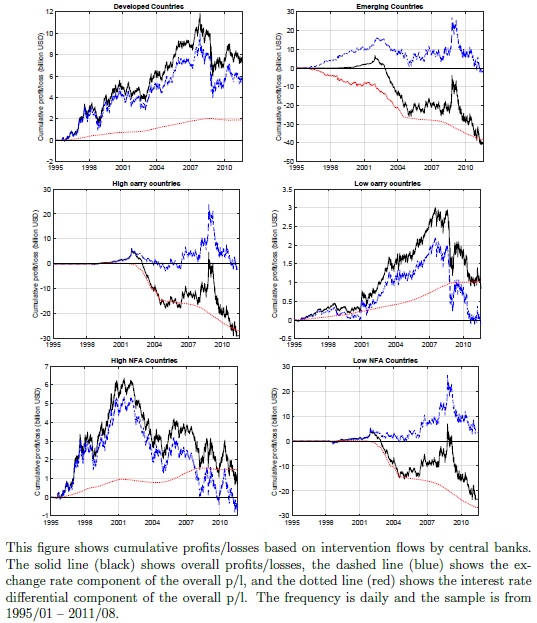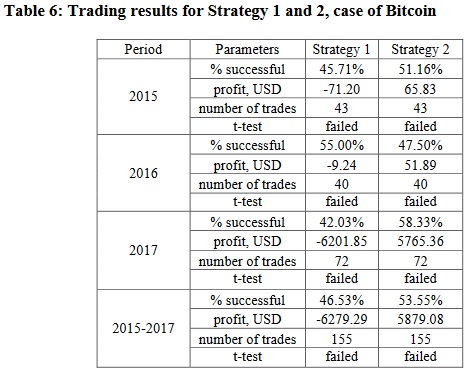Quantpedia Update – 2nd March 2018
Four new strategies have been added:
#378 – Momentum Factor in Cryptocurrencies
#379 – Carry Factor in Cryptocurrencies
#380 – Value Factor in Cryptocurrencies
#381 – Blended Factors in Cryptocurrencies
One new related research paper has been included into existing strategy reviews. And two additional related research papers have been included into existing free strategy reviews during last 2 weeks.




